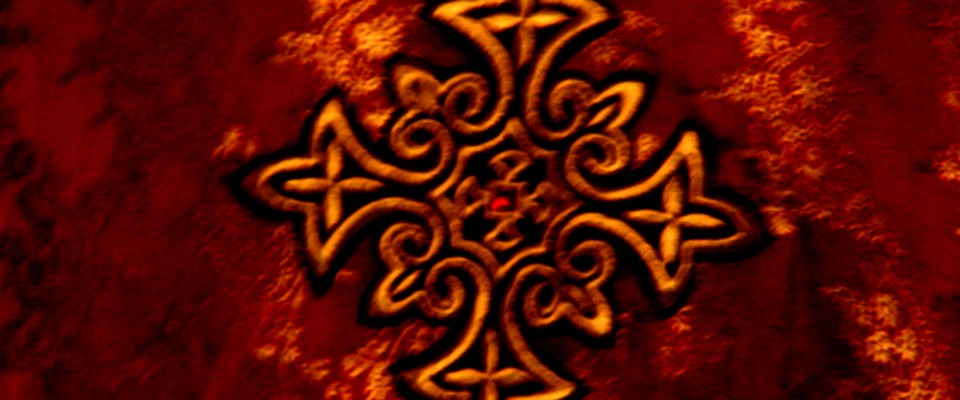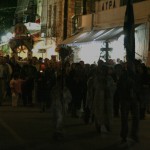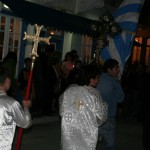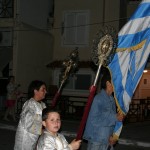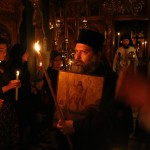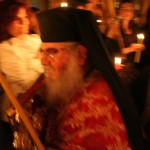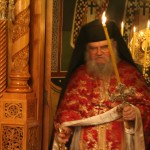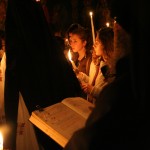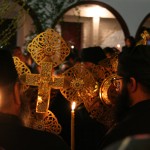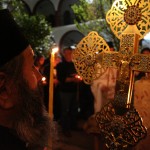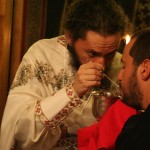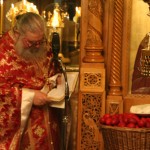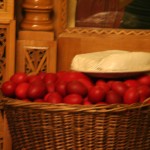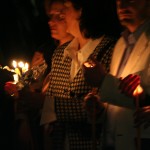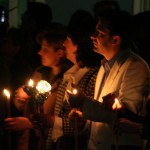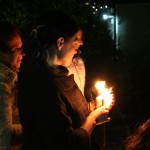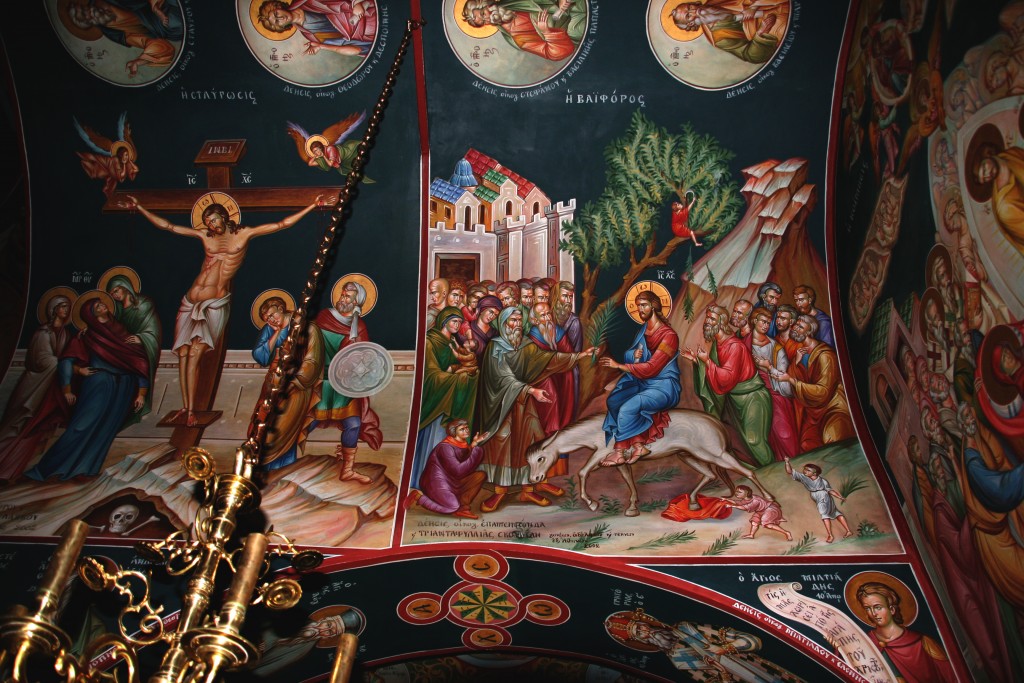Warning: Array to string conversion in /home/ashtangarc/www/wp-content/plugins/carousel-without-jetpack/carousel/jetpack-carousel.php on line 252
Warning: Array to string conversion in /home/ashtangarc/www/wp-content/plugins/carousel-without-jetpack/carousel/jetpack-carousel.php on line 252
Warning: Array to string conversion in /home/ashtangarc/www/wp-content/plugins/carousel-without-jetpack/carousel/jetpack-carousel.php on line 252
Warning: Array to string conversion in /home/ashtangarc/www/wp-content/plugins/carousel-without-jetpack/carousel/jetpack-carousel.php on line 252
Warning: Array to string conversion in /home/ashtangarc/www/wp-content/plugins/carousel-without-jetpack/carousel/jetpack-carousel.php on line 252
Warning: Array to string conversion in /home/ashtangarc/www/wp-content/plugins/carousel-without-jetpack/carousel/jetpack-carousel.php on line 252
Warning: Array to string conversion in /home/ashtangarc/www/wp-content/plugins/carousel-without-jetpack/carousel/jetpack-carousel.php on line 252
Warning: Array to string conversion in /home/ashtangarc/www/wp-content/plugins/carousel-without-jetpack/carousel/jetpack-carousel.php on line 252
Warning: Array to string conversion in /home/ashtangarc/www/wp-content/plugins/carousel-without-jetpack/carousel/jetpack-carousel.php on line 252
Warning: Array to string conversion in /home/ashtangarc/www/wp-content/plugins/carousel-without-jetpack/carousel/jetpack-carousel.php on line 252
Warning: Array to string conversion in /home/ashtangarc/www/wp-content/plugins/carousel-without-jetpack/carousel/jetpack-carousel.php on line 252
Warning: Array to string conversion in /home/ashtangarc/www/wp-content/plugins/carousel-without-jetpack/carousel/jetpack-carousel.php on line 252
Warning: Array to string conversion in /home/ashtangarc/www/wp-content/plugins/carousel-without-jetpack/carousel/jetpack-carousel.php on line 252
Warning: Array to string conversion in /home/ashtangarc/www/wp-content/plugins/carousel-without-jetpack/carousel/jetpack-carousel.php on line 252
Warning: Array to string conversion in /home/ashtangarc/www/wp-content/plugins/carousel-without-jetpack/carousel/jetpack-carousel.php on line 252
In spring, in Greece, the most important religious celebration for Orthodox Church is the celebration of “Easter” (unlike Catholics who regard Christmas as a great feast, without nevertheless symbolically competing with Easter). Christmas is obviously celebrated by the Orthodox, but with much less magnitude than among Catholics. The Orthodox really reserve themselves for Easter. It is the celebration for the Greek people. The Orthodox speak of “the feast of Easter” and not ” the feasts of Easter” as do the Catholics…
Indeed, “Christ” resurrects at the same time nature chooses its vegetable renaissance.
- Procession of the epitaph
- Procession of the epitaph
- Procession of the epitaph
Procession of the Epitaph
Very important in Greece, the Holy Week moves crowds. Different processions prepare for the “Resurrection” of Christ. On Holy Friday, the procession of the Epitaph (epitaphios) symbolizes the shroud of Christ and his funeral, it is followed by the faithful holding lighten candles, they go around the parish and the various quarters, rose petals are thrown on the passage of the procession.
For the faithful Orthodox, Easter week begins on Monday with a week of fasting, very much respected by the practicing Greeks (Lent lasts 40 days, meat, eggs and dairy products are not consumed by those who respect the fast), not only on Thursday as for the Catholics. Easter Sunday thus turns into a “debauchery” of food, with the paschal lamb etc., in order to celebrate the resurrection and the end of the fast.
- Greek Orthodox Easter
- Greek Orthodox Easter
- Greek Orthodox Easter
- Greek Orthodox Easter
- Greek Orthodox Easter
- Greek Orthodox Easter
On the Saturday evening of Easter, one prays and attends mass celebrated in the church. At midnight, the priest announces the resurrection of Christ in the forecourt of the church: “CHRISTOS ANESTI”, then he lights the candle of a faithful with the flame of his own (the light of Christ) . The faithful transmit this light to each other, pronouncing “Christos Anesti”. Then the church bells ring with full blow; people shining with joy, embrace and congratulate each other by calling each other “CHRISTOS ANESTI », and carrying the candle lit in their hand, every one goes home.
- Greek Orthodox Easter
- Greek Orthodox Easter
- Greek Orthodox Easter
Before entering his house, the head of the family draws the sign of the cross on the top of the embrasure of his door with the smoke of the candle. Then, these candles will be kept all year near the Holy icons.
- Greek Orthodox Easter
- Greek Orthodox Easter
- Greek Orthodox Easter
Sitting at the table, but before eating the traditional soup (maghiritsa), red eggs are broken, two by two, each person strikes his egg against another person’s egg, holding it between the thumb, the forefinger and the middle finger of his right hand. “Chritos Anesti“, (“Risen Christ“) is pronounced again. The winner is the one who manages to keep his egg intact, an undamaged shell is a sign of luck. Everywhere in Greece, on Easter Sunday, spits for roasting the paschal lamb, coated with a mixture of oil, oregano and lemon, are placed either in the courtyards of the houses, on the terraces or on empty grounds in the country.
In any case, it should not be forgotten that religion is really the cement of the Greek nation. During the 400-500 years of the Turkish invasion, it was the only way for the Greeks to keep their national identity, the Turks having forbidden the teaching of the Greek language and the practice of the Orthodox religion. Relatively speaking, the Greeks acted as do the courageous Afghan women today: learning secretly to read and write, and cooking traditional dishes…
In the Christian Orthodox tradition, icons and their reproductions are still an important tradition. “Easter” is an opportunity to paint magnificent icons about the passion of Christ and the pain of Mary, and to offer them.
Eggs, painted or coloured in red, are offered to family and friends. Eggs are lucky charms associated with rebirth and new life. Eggs are omnipresent in the symbolism of Easter, ancient, Jewish or Christian.
In some families it is tradition to organize an egg battle on Easter day.
Kαλό Πασχά ! (Kalo Paska !) Happy Easter!
Χριστός Ανέστη ! (Christos anesti !) Risen Christ !
